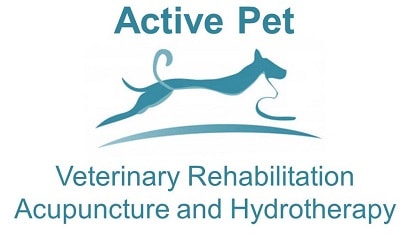
What is it, who has it and what can you do about it?
Pain is whatever you or your pet says it is…pain is a uniquely individual experience. Pain is actually quite difficult to quantify in our animal patients as they can’t tell us what it feels like. It could be sharp and stabbing or dull or aching or just feel like an electric shock.
Acute Pain
In a normal person if you do not have a brain you cannot feel pain. There are some individuals who have abnormal pain processing and do not feel pain. Great I hear you say but these people injure them themselves frequently often by burning themselves or breaking bones. We need to be able to feel pain as it stops us from continuing to damage our tissues. The acute pain we feel from touching something hot or hurting our ankle is useful as it stops us from carrying on doing it and we learn from that experience.
Chronic Pain
Unfortunately there is also something called chronic pain and this pain occurs when there is an ongoing issue such as osteoarthritis or disc disease. Sometimes chronic pain occurs after an injury whereby the injury has resolved but the pain persists long after the tissues would have been expected to be healed.
Chronic pain has no useful function except to make us and our pets feel sore and miserable. The really rubbish thing about chronic pain is that instead of us getting a higher pain threshold with time it actually makes us more sensitive to pain. Hyperalgesia is a term where something that is painful such as a pin prick feels more painful than it should do. Try pressing your skin hard over a bruise – it will feel more painful than it would if you did this over a normal part of skin. Have you ever been for a massage and some bits hurt more than others even though the pressure is the same? There is a likely a bit of hyperalgesia going on here too. Allodynia is whereby our pain pathways get REALLY good at sending and receiving pain signals…again think about your bruise. Does it hurt when you touch it? Does it hurt when you touch your skin somewhere else – hopefully not?!
Well the great thing about your bruise is that it heals and everything usually returns to normal. Sometimes the body gets confused and continues to send pain signals once the original injury has healed. This can result in chronic pain. With many chronic pain conditions there is no healing and you still have the arthritis or disc disease. Here the problem area continues to send messages to the brain to be painful and so hyperalgesia can occur which can then result in allodynia if not addressed.
What happens in pets?
In dogs the most common changes I see with chronic pain are often a change to their mood. Dogs will often stop doing some of the things they used to enjoy such as playing with toys or being keen to go for their walk. Cats are much more difficult to assess but you may find they sleep more and interact with people or other pets less. In my experience cats seem to get into a chronic pain state much easier than dogs. In pets with allodynia the most common thing I find is that they don’t like being stroked or groomed anymore. They may start hissing, growling or twitching when you touch or go near them.
Treating pain
The good news is that we can treat hyperalgesia and allodynia. It does sometimes take quite a while and often a decent amount of treatment and medication to get it settled down. MUCH better would be to tackle it before it sets in and the condition starts sending lots of pain signals to the brain. If you notice your pet slowing up or getting stiff or having a change in behaviour get it checked out straight away. Your pet will need much less treatment and less medication if it is caught early.
With the pain cycle it is usually best to do medication daily of an amount that keeps your pet comfortable. Giving pets (or yourself) nothing pain-relieving except on a day when they are really sore is a really good way of sensitising and winding up the pain pathways. You will often end up with a pet who needs to be on more medication and having more treatment compared to a pet whose pain was tackled early and efficiently.
The other rubbish bits about pain
The other downside to pain is that it stops us and our pets from doing things. This leads to a lot of stiffness and muscle wastage and it can sometimes be very challenging to address this and takes a long time. When you get stiff you move differently. This can mean that you over work some areas and underuse others leading to more pain and weakness. Having good muscles means that joints are better supported and less painful and means that you do not get fatigued so easily. It is a very vicious cycle getting sore, stiffer and weaker as it just gets worse and worse and happens very quickly. It is also so much harder to turn this around….
…So I would urge anyone…whether you, a relative or your pet are feeling sore to get pain tackled head on. You will make your and your pet’s lives much happier and more comfortable. There is nothing more rewarding that having my owners come in and tell me that there pet is back to their normal self again…ok so you might not want them to be jumping on the sofa again but when they have their sparkle back and are wagging their tails how can you tell them off?

